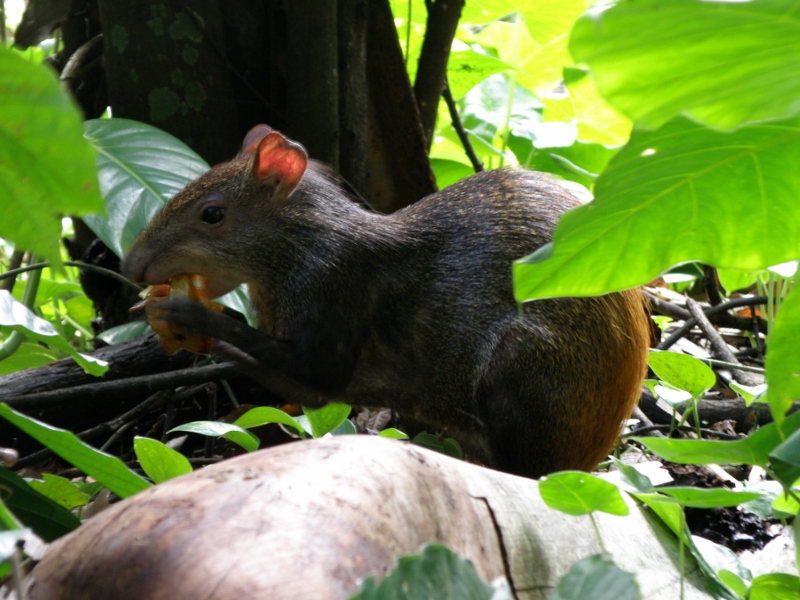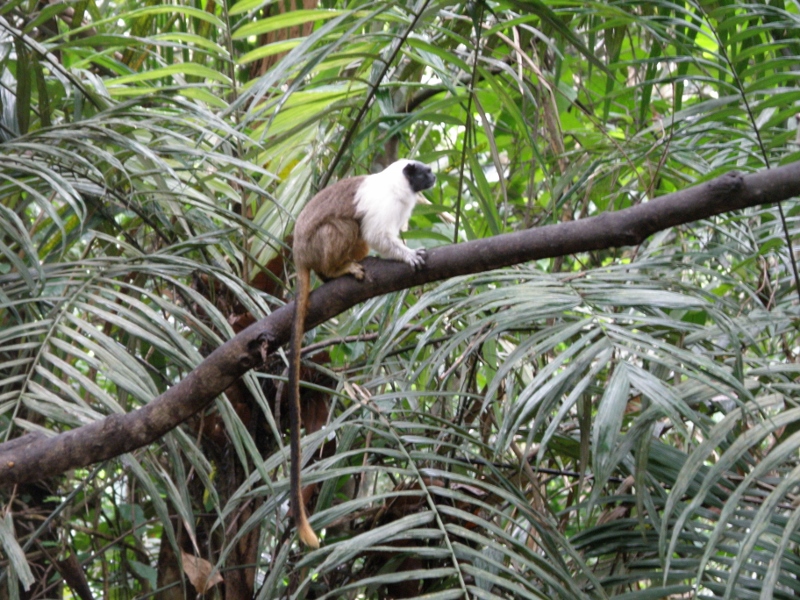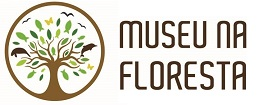Studies on plant-animal interaction, conservation of endangered species, and data collection of wildlife for the field museum in Amazonian forests
1. Member
JapanDr. Takakazu Yumoto (Primate Research Intsitute, Kyoto University)
Dr. Tuneaki Yabe (Forestry and Forests Reserach Institute)
Dr. Niro Higuchi (INPA)
Dr. Wilson Spironello (INPA)
Dr. Marcelo Gordo (INPA)
Dr. Rita Mesquita (MUSA)
Dr. Alberto Vicentini (INPA)
Dr. Mario Cohn-Haft (INPA)
2. Background
For sustainable forest managements and biodiversity conservation, the accumulation of scientific knowledge on forest dwelling organisms is indispensable. Especially, fauna and plant-animals interactions in the forest canopy where the observation is quite difficult are less studied in Amazonian forests. Also, ecology of flooded-forests which characterize the Amazonia is not well-understood. It is needed to collect and compile the information on forest-dwelling organism which covers from forest floor to canopy layer, and across several forest types from Terra-firme (non-flooded forest) to Igapos (flooded forest) and Campina (white-sand vegetation), and to install the rich and precise information as contents in field museum with high-technologies for the purpose of conservation of endangered species and environmental education.
3. Objective, methods and expected results
In the forest reserves of INPA, 1) we will establish the canopy observation system across through Terra-firme (not-flooded forest) to Igapos (flooded forest) and Campina (white sand vegetation) to record the plant phenology (seasonal changes: leaf flushing, flowering, fruiting etc.) and to clarify the vertebrate fauna and plant-animal interaction in each forest layer from forest floor to canopy; 2) we will collect ecological and behavioral data on endangered animals, e.g. Pied Tamarin (Saguinus bicolor) to propose the conservation measures; 3) we will develop the methods of forest observation and scientific communication for environmental education and ecotourism, and to provide the contents of field museum for better understanding of richness of forest fauna and flora and their ecological function for urban people.
4. Contribution for the Field Museum
The area of Amazonian forests in Brazil is one of the most threated areas in the world where the ratio of deforestation is still very high, and we have to consider the sustainable forest managements without over-relying on commercial logging. Many vertebrates and invertebrates are endangered and need more study in urgent to invent the countermeasures for conservation even in the surrounding forests of Manaus. We aim to establish the infrastructure for research and conservation on endangered organisms and their habitats, and to provide rich and precise information on forest fauna and flora and their ecological function for the purpose of the environmental education and ecotourism for local communities, urban people and tourists.
5. Inpact and contribution for human resource development
For the human resource development in Brazil, we will give possible supports to the young Brazilian researchers, not only for the ecological studies on forests and forest animals but also for conservation action of endangered organisms and for developing and implementing the environmental education and ecotourism. By introducing good practices from Japan and other areas in the world to fulfill both the sustainable forest managements and economic developments, we will co-design and co-produce the framework and the ways to realize them with various stakeholders in the area of Manaus.

Figure1.

Figure2.
